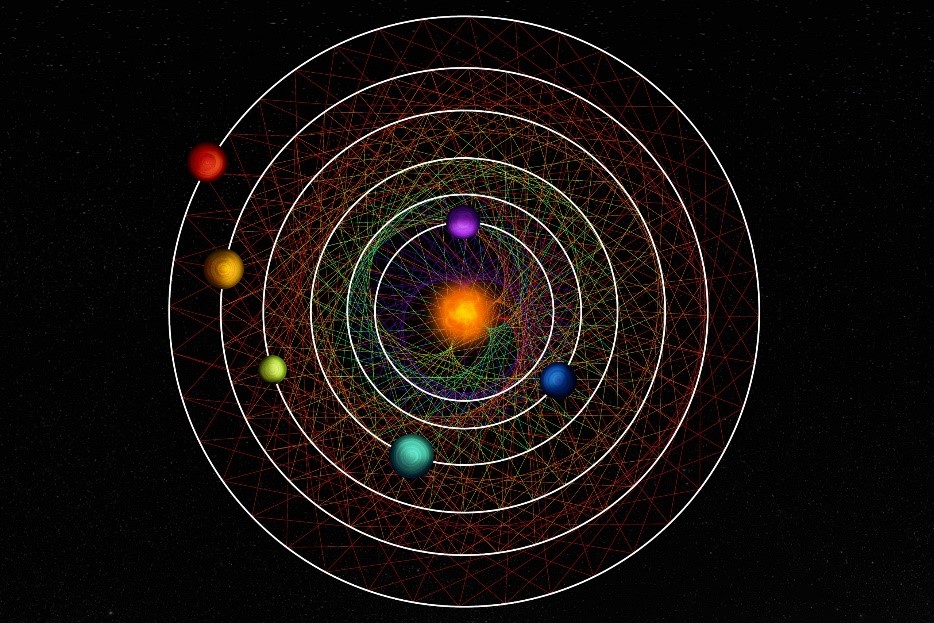CHEOPS – exploring the extrasolar world!
CHaracterizing ExOPlanets Satellite
| Launch Date: | 18 Dec 2019 |
| Mission Duration: | 7 years |
| Mission Operator: | ESA |
| Altitude: | 700 km above Earth |
Mission Objective
To determine the size of known extrasolar planets and the size of their exo-moons.
Mission Significance
Estimation of mass, density, composition, and formation of these stars!
- The planet’s density reveals crucial information about its internal composition and structure!
- For example, using a planet’s density, we might determine whether the planet’s primary composition is rocky, gaseous, or potentially has substantial water bodies.
- The leading scientists of this project anticipate that these thoroughly studied transiting exoplanets will become prominent candidates for upcoming observatories.

Source: ESA
Instrument Characteristics
Size: 1.5m
Mass: 280kg
Field of view: 19X19 arcmin
Methodology Overview
- By absorbing bright stars that are already known to host planets.
- It specifies in the super-Earth to Neptune size range.
- It will produce precise measurements of the sizes of the exoplanets. The incoming data from CHEOPS helps to calculate their density.
CHEOPS’s Most Significant Discoveries
- A ring around a dwarf planet named Quaoar.
- The first detection of deformation of an exoplanet.
- A new and unique planetary system named TOI-178. It contains 6 exoplanets. Five of those have orbital resonances [1] .
RECENT discoveries:
- Four exoplanets orbiting four stars in the Milkey-Way. These exoplanets are called Mini-Neptunes. The Mini-Neptunes is one of the most common types of exoplanets. Those are in the size between Earth and Neptune and orbit around the sun closer than Mercury.
- An uncommon star system boasting six exoplanets has been unveiled. These planets orbit their central star, HD110067, in a harmonious rhythm. The arrangement of their orbits indicates that the system has remained largely unaltered since its formation over a billion years ago.

The most recent discovery of CHEOPS – the orbital geometry of HD110067 – Source: ESA
Fun Facts
- CHEOPS is the 1st space mission that conducts in-depth research to find exoplanets!
- CHEOPS is the most effective tool for identifying subtle transits and precisely calculating the sizes of established exoplanets within the mass range spanning from super-Earths[2] to Neptune mass range (1- 6 times the Earth’s radius).
Mission Participants
- Leading Team: Centre for Space and Habitability at the University of Bern, Switzerland.
- Mission Architect: ESA
- Launch Opportunity Acquisition: ESA
- Spacecraft builder: Airbus Defense and Space, Spain.
This is one of the first steps towards studying the extrasolar world!
________________________________________________________________________________________________
ACKTAR PARTS:
| Coating: | Substrate: | Instruments: |
| Fractal Black
|
Gold
Aluminum |
Focal Plane Module
Baffle and Cover Assembly (BSA) |
[1] Orbital Resonances – There are patterns that repeat themselves as the planets go around the star, with some planets aligning every few orbits.
[2] Super-Earth – A type of exoplanet with a mass higher than Earth’s, but substantially below those of the Solar System’s ice giants. The term refers only to the mass of the planet.

